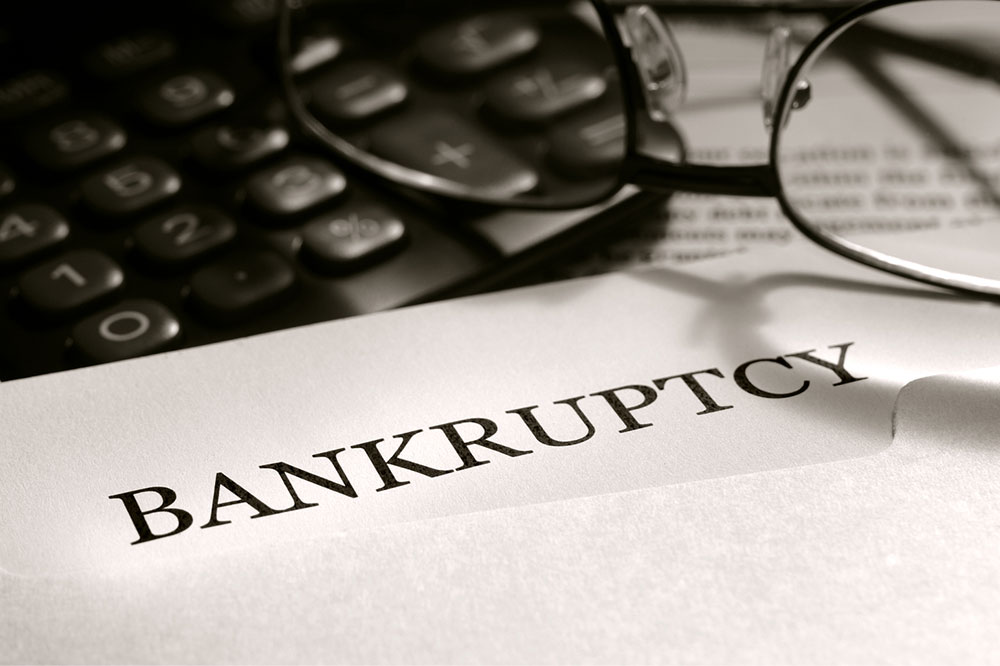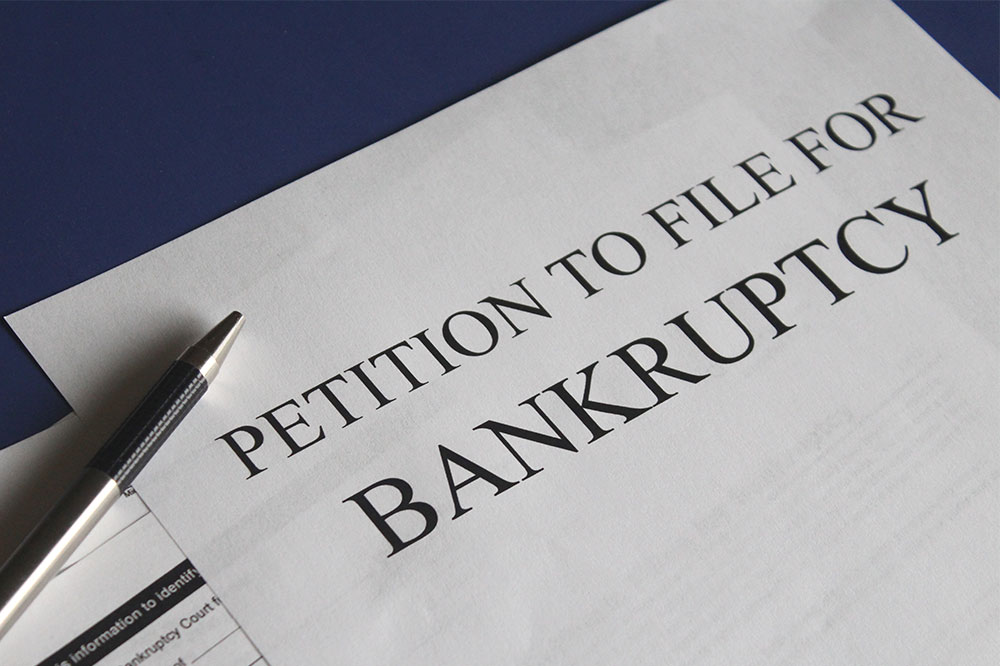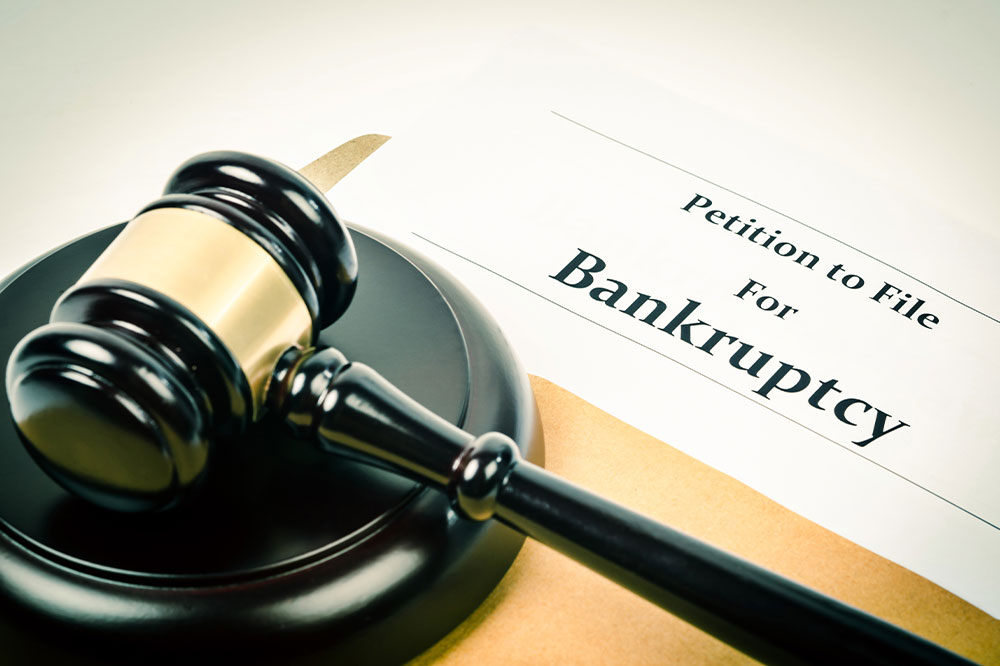Comprehensive Guide to Bankruptcy Filing Costs and Procedures
This comprehensive guide explores the costs and procedures involved in filing for bankruptcy, including fee breakdowns, legal assistance, and differences between Chapter 7 and Chapter 13. It provides essential information to help individuals understand their financial and legal obligations when considering bankruptcy, ensuring they are well-informed before initiating the process.

Comprehensive Guide to Bankruptcy Filing Costs and Procedures
Filing for bankruptcy is a significant decision that involves various expenses, which can vary greatly depending on your individual financial situation, geographic location, and the legal representations you choose. For many individuals facing overwhelming debt, understanding these costs beforehand is crucial to making informed decisions and planning effectively. Navigating the bankruptcy process requires knowledge about the different types of bankruptcy, associated filing fees, education requirements, and the potential legal costs involved. This detailed guide aims to give you a comprehensive understanding of the typical expenses involved in bankruptcy filings across the United States, empowering you to prepare financially and legally for this journey.
Understanding Different Types of Bankruptcy
Bankruptcy law offers various options tailored to different financial situations, primarily categorized under specific chapters. For individual filers, the most common types are Chapter 7 and Chapter 13 bankruptcy, each with its own procedures, benefits, and costs. Knowing the distinctions between these options can help you determine which is best suited for your circumstances and budget.
Chapter 7 Bankruptcy
Often referred to as liquidation bankruptcy, Chapter 7 involves selling certain non-exempt assets to satisfy creditors. The proceeds are then used to pay off debt, and residual unsecured debts may be discharged, providing relief to individuals with limited income and assets. This process typically takes a few months and is suitable for those who do not have significant property or assets to protect.
Chapter 13 Bankruptcy
Known as reorganization bankruptcy, Chapter 13 allows debtors to keep their assets, including homes and cars, by proposing a structured repayment plan to creditors over three to five years. This type is ideal for individuals with a steady income who want to manage their debt more gradually and avoid liquidating possessions.
The Cost Breakdown for Filing Bankruptcy
Filing for bankruptcy involves several mandatory fees and costs, which applicants should budget for accordingly. These expenses include court fees, mandatory educational courses, and potential legal fees if hiring an attorney. Here’s a detailed overview of the typical costs involved:
Filing Fees
As of 2021, the court-mandated filing fee is approximately $338 for Chapter 7 cases and around $313 for Chapter 13 filings. These amounts are payable at the time of submitting your bankruptcy petition and cover administrative costs required to initiate the case.
Credit Counseling Fees
Before filing for bankruptcy, individuals are required to undergo credit counseling from approved agencies. The cost for this educational course is usually around $50, although some providers may offer free options or discounts based on your financial hardship. The counseling ensures you understand the consequences of bankruptcy and explore alternatives.
Debt Education Course
Post-filing, debtors must complete a debtor education course to qualify for fees discharge. These courses typically cost between $50 to $100. However, many agencies offer free or reduced-cost options to those with significant financial difficulties. Assistance programs and waivers are often available for eligible individuals, so it’s vital to check current options through the U.S. Department of Justice’s approved list of providers.
It’s essential to verify the latest costs and approved agencies directly from government resources to avoid unnecessary expenses or delays in your filing process.
Legal Assistance and Attorney Fees
While it is possible to file for bankruptcy pro se (by yourself), many individuals choose to hire an experienced bankruptcy attorney to navigate the legal complexities and ensure all paperwork is correctly filed. A qualified attorney can help prevent costly mistakes, provide legal advice tailored to your situation, and potentially streamline the process.
Attorney fees vary depending on the complexity of your case, geographic location, and the attorney’s experience. For Chapter 7 cases, legal fees generally range from $500 to $3,500. For Chapter 13 cases, costs typically fall between $1,500 and $6,000. It’s important to understand that courts have established maximum attorney fee thresholds, commonly called "no-look" fees, to prevent excessive charges and promote fairness.





